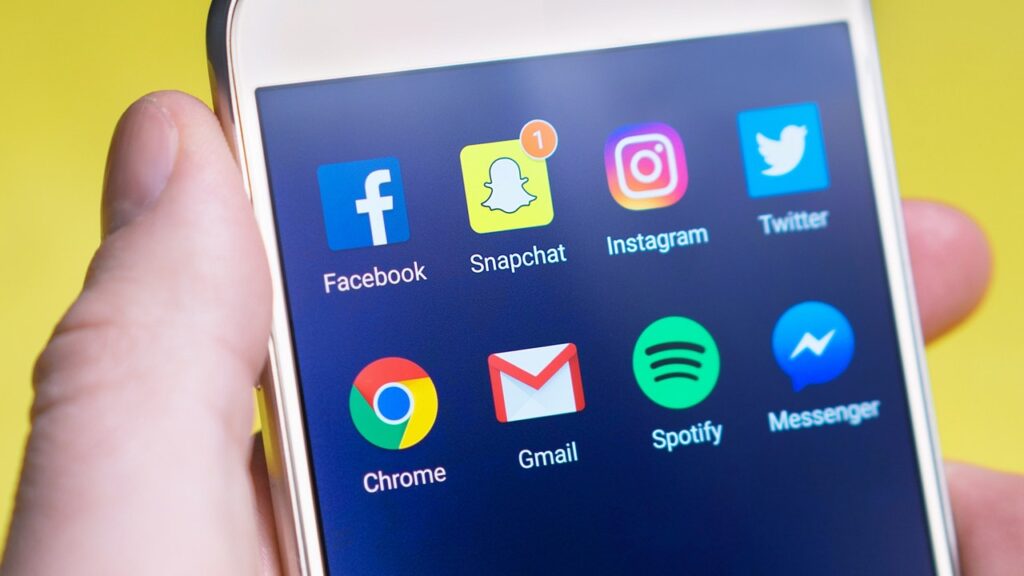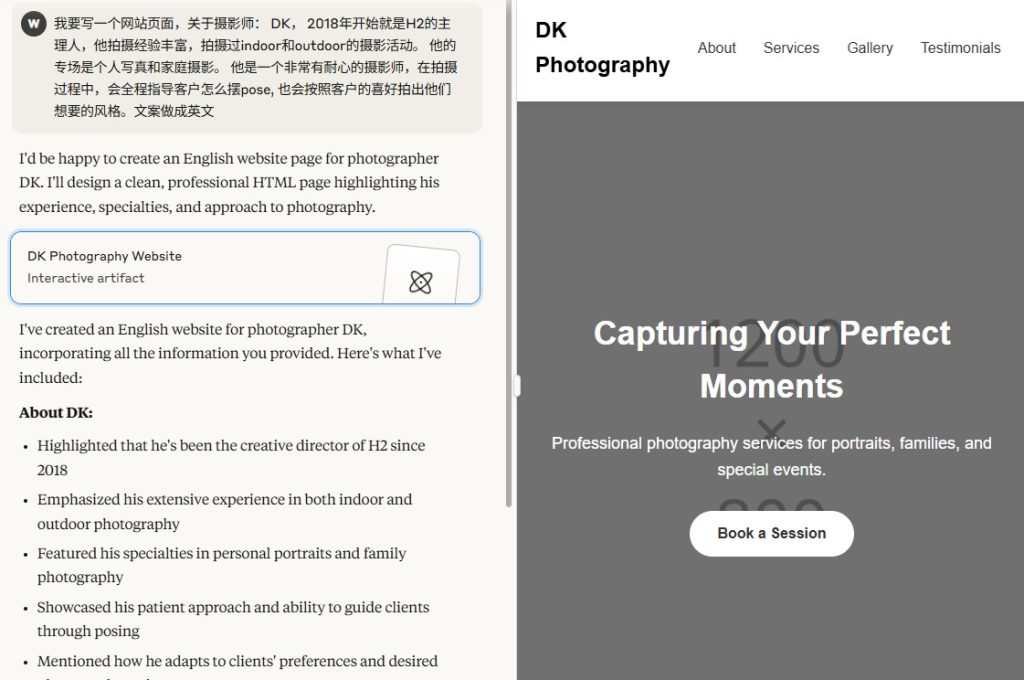When it comes to exposing a business on social media, there are specific terms one needs to consider, concerning the metrics of these platforms, to check on the progress of their brands. Reach and impression are the two essential terms that deal with engagement on these social platforms and are significant for any business looking to grow and expand their online boundaries. However, the option of focusing on one of the two, consider the essential one, has been troubling many brands trying to make it on the market space.
One should, however, familiarize themselves with these terms to get a better understanding of what they have to offer and which of them is more suitable for their intended cause. The term ‘reach’ is used to define whoever views the content provided. It is generally the total number of users who view the specific tweet made on Twitter, the story posted on Instagram, or the event page uploaded on Facebook. For example, if an individual was promoting a particular brand through an ad that was displayed 300 times on Twitter, and 100 people clicked on it, then their reach would be 100.
On the other hand, impressions can be defined as the total number of times in which social media platforms or browsers have shown an individual’s content. Unlike reach, which counts the number of people who click or engage with the intended content, impression deals with those who are exposed to the page or content. For example, if the same ad by the brand promoter is displayed 300 times on Facebook, then the individual’s impression would be 300, no matter the number of clicks.
Impressions are measured by the number of people that your content is visible to while reach concerns itself with the number of users who opt to engage with the content through comments, likes, or shares. Both metrics may portray a similar context in meaning that it may be difficult to distinguish if one isn’t as careful. However, there are a few significant patterns that pop up concerning these two terms. Many a time, impressions tend to be more than the reach because unlike reach, which counts interaction, it counts exposure. They can thus, at times, be compared to the number of followers or friends your social media account has.

Learn the tips and tricks for all the popular social media platforms!
Facebook vs Instagram: Which can boost your business more.
How to use Pinterest for your business?
As much as these terms may be constant, different social media platforms have their specific ways and rules for how they tend to measure impressions and reach. It an individual intends to weigh one against the other, they must understand what they’re looking at and from which site they may be doing their analysis.
For Facebook, the impressions are counted by the number of times your ad tends to appear on the screen of users. If, for example, a Facebook user scrolls past an ad on their screen without noticing it, then later scrolls back up to the same ad, it counts as one impression on this platform. However, if an ad appears to the same user twice at different times within 24 hours, then these count as two impressions.
While industry standards set for ads suggest that if an ad appears on a user’s timeline, it should be counted as one impression, Facebook tends to be more specific with its measuring technique. This also applies to images and videos that serve as ads too. A video doesn’t need to be viewed or played for it to be counted as an impression. This can be otherwise confirmed in the “viewed impressions” section for the section of Facebook designed for businesses.
On the other hand, reach carries a different meaning on Facebook. That same ad posted on users’ timelines can be used to count the reach. Whenever a user clicks on the ad, comments, or shares it with their followers on Facebook, it is counted as one reach. The more users interact with the advertisement, instead of just seeing it, the bigger the reach.

Leave your Facebook business page in the hands of professionals!
Check out our Top 20 Facebook Management Companies in Singapore.
Twitter provides its users with a free analytic status for their posts and ads. After logging in, the results are immediately presented to the relevant user concerning their posts. It notifies them whenever anyone views a tweet they made and counts it as one impression. This platform entails different regulations as compared to Facebook. If one posted a tweet that acquired say, 300 impressions, and a specific reply to their tweet by another user earned 200 other impressions, then the total impressions for the thread would be counted as 500.
Whenever one clicks on the “tweets” tab on the platform, they would be able to see a bar graph depicting their trend in impressions. Over the bar in the graph, one would notice the number of tweets they have created and the impressions they earned from them. Reach is measured by the number of clicks on a tweet and is portrayed as a line graph within the same page.
Impressions on this platform are earned and calculated by the number of times a user views a story, video, or post. This means that if a user views a specific post, it is counted as one impression. When the same user views the same post again, it is then calculated as two impressions. Reach is measured by the number of unique users that may have interacted with the post. On this site, the term “unique” refers to a combination of followers and other users whom your content is exposed to based on their interest. For example, if an individual like and follows specific posts related to men’s fashion, their timeline would be populated with suggestions of such topics, thus making them a unique user.
The Significant Factor
While both metrics are essential and valuable, one should consider their business objectives when opting for which of the two would be more suitable to settle for. When focusing on ads for the intended brand, an individual should settle for impressions because their promoted content is measured by the number of users who see the advertisement.
When creating or increasing brand awareness, however, reach might be the perfect metric because the main would be to enable engagement with the ads. These figures show one how many users are interacting with the brand and thus the speed in its expansion.

Learn how to effectively connect with your social media audience here!
Take away
Tracking impressions and reach is the best solution for individuals to monitor the growth of their brand and make the necessary actions needed to improve the process if required. These metrics are thus essential to any business looking to grow off of social media.








